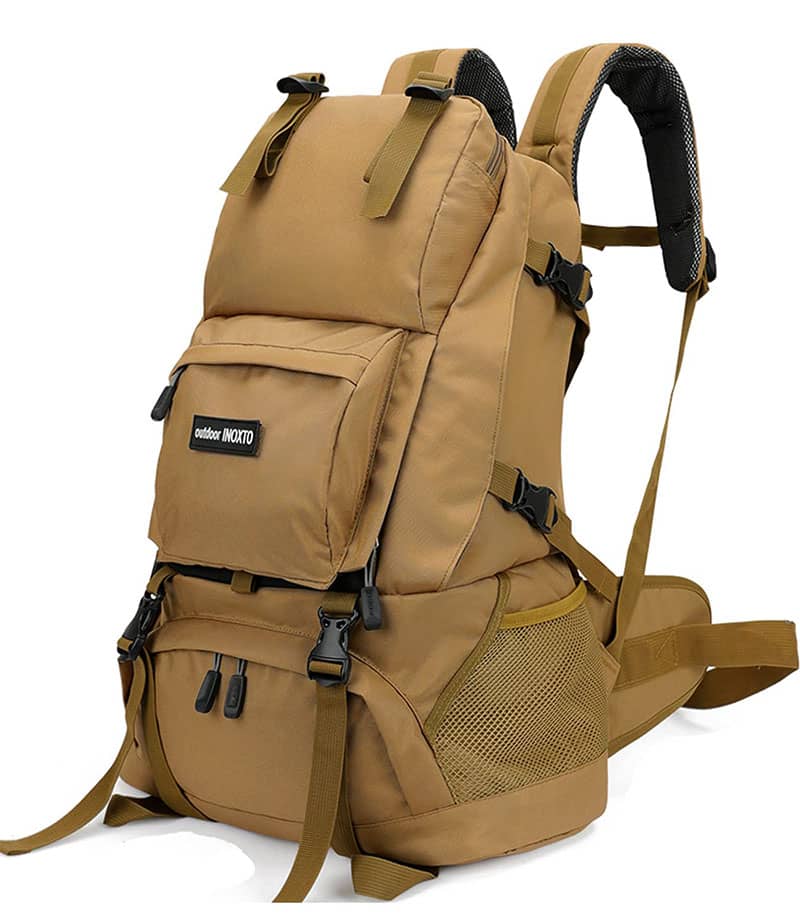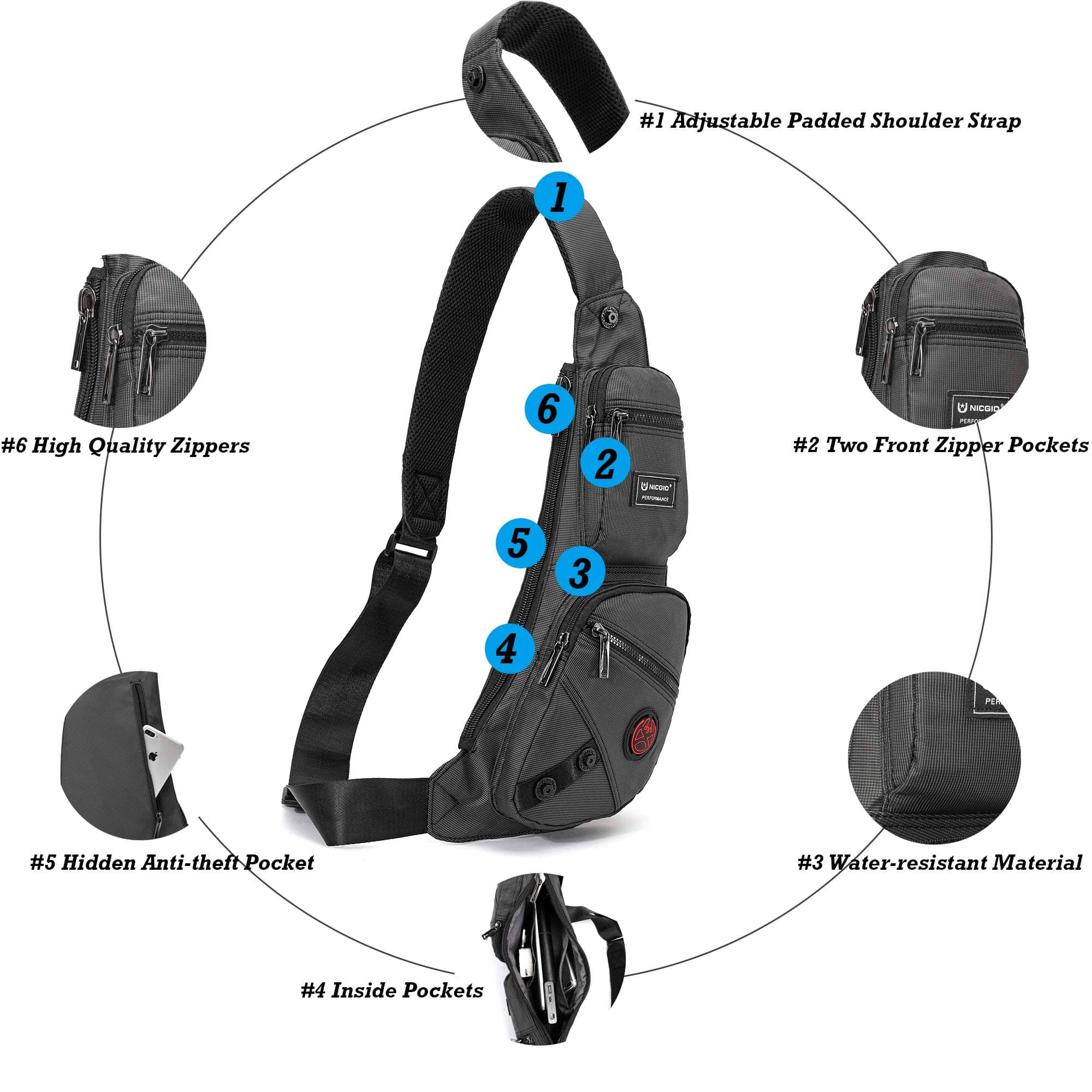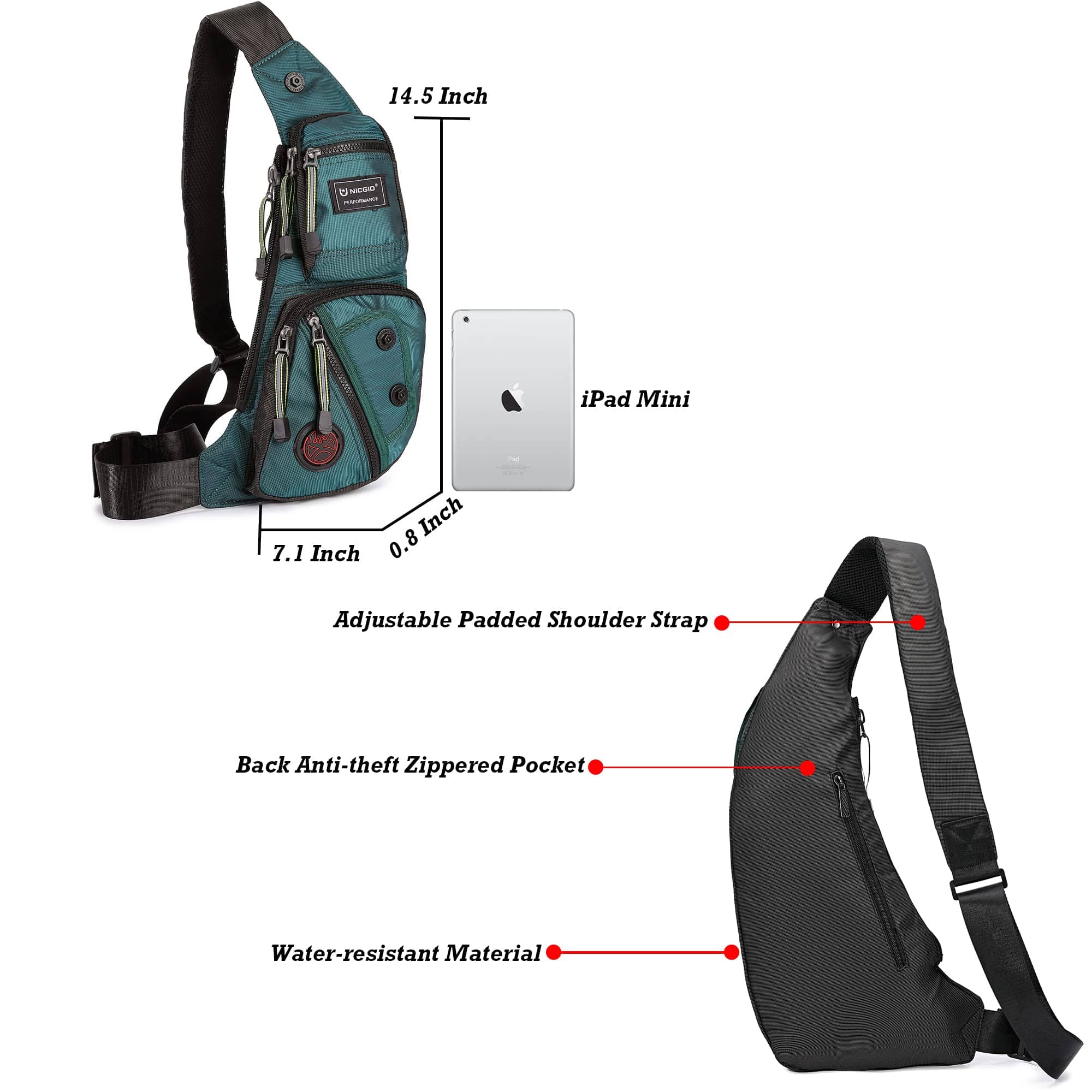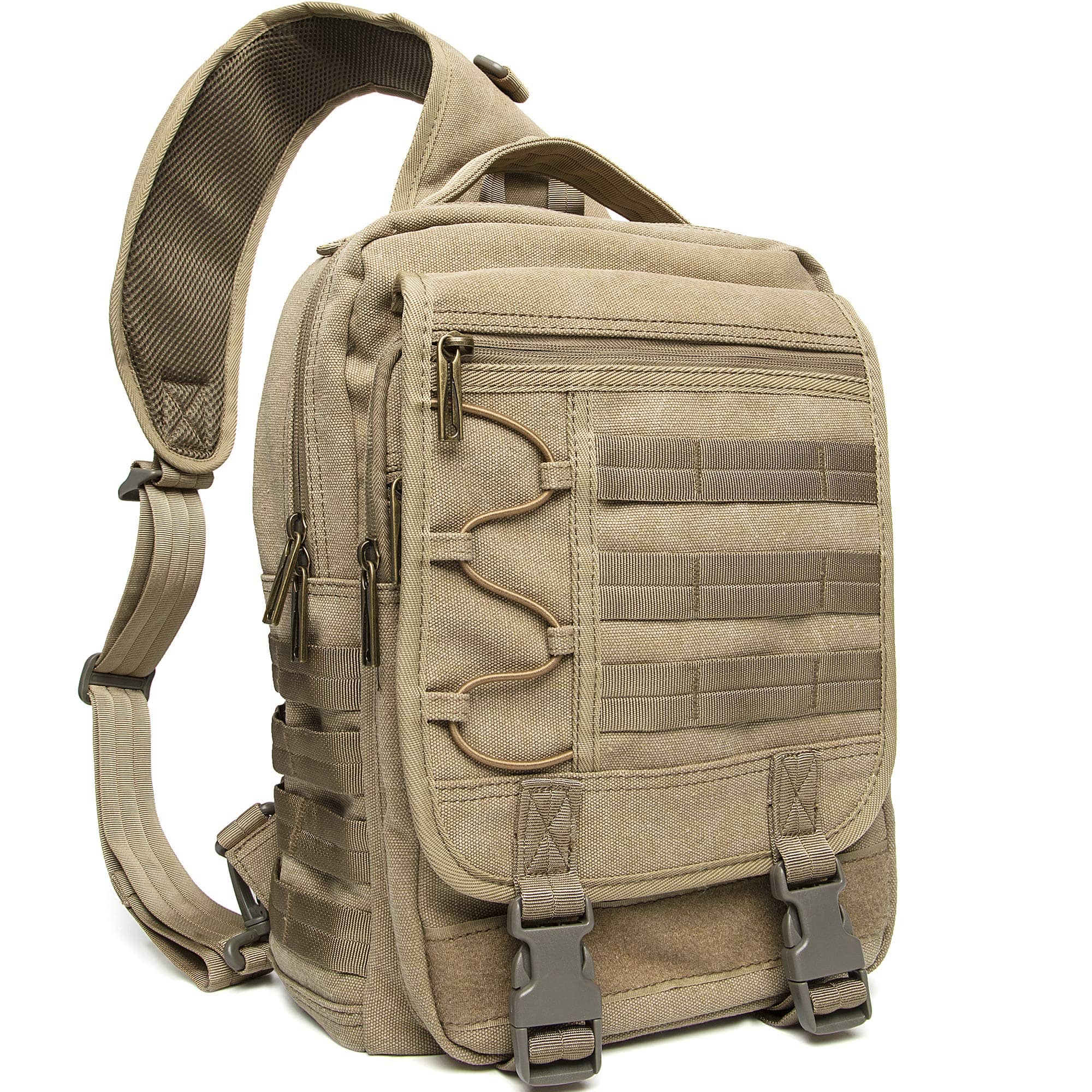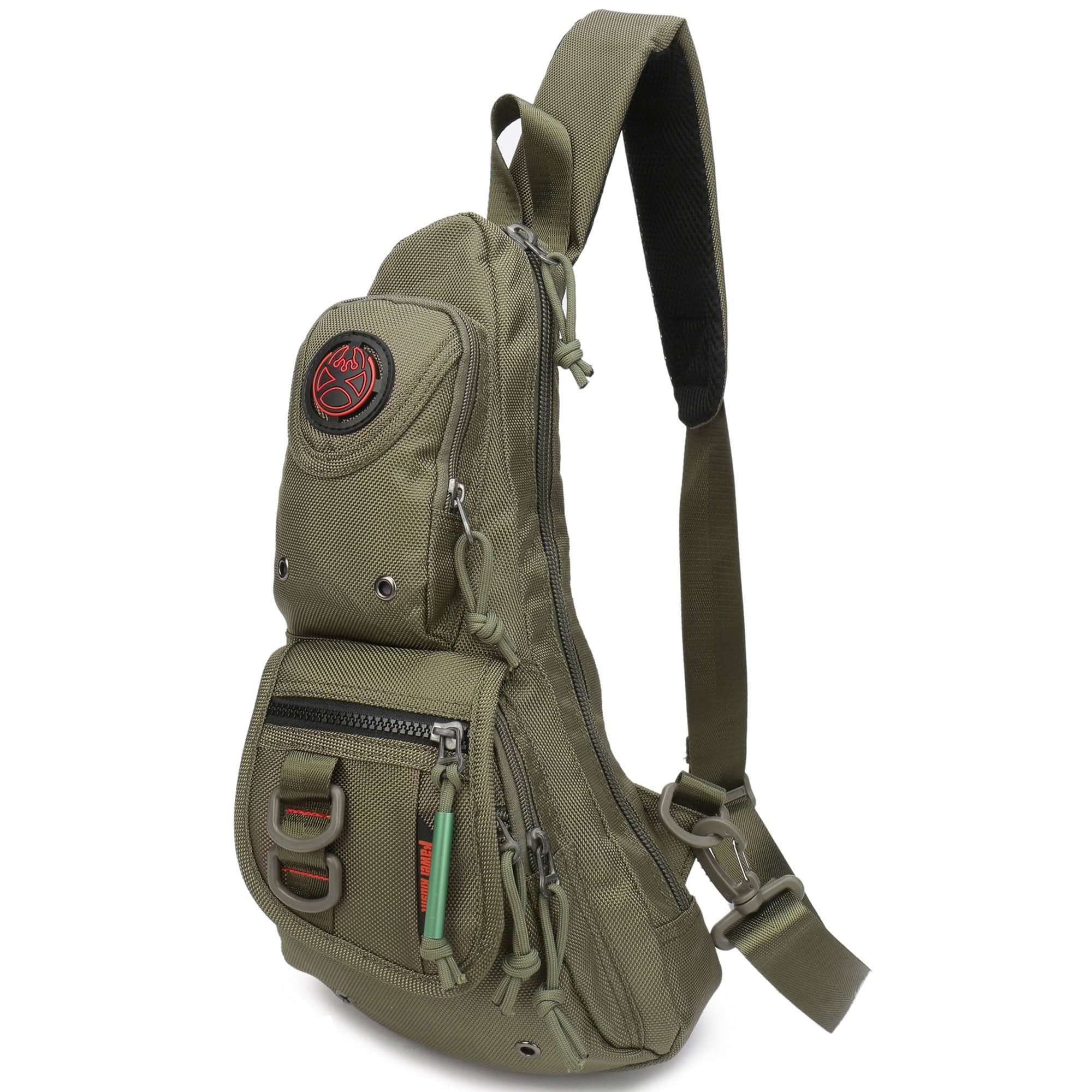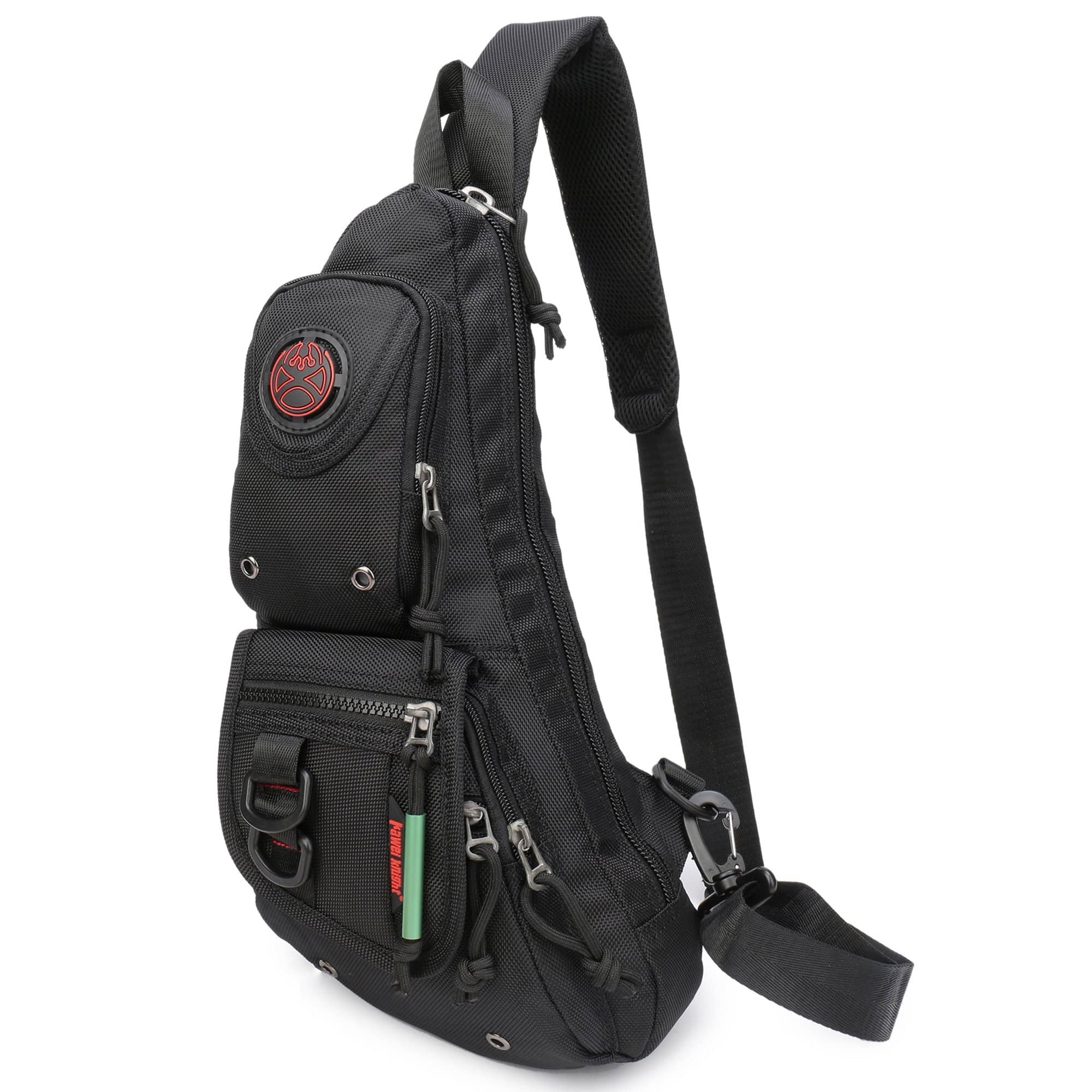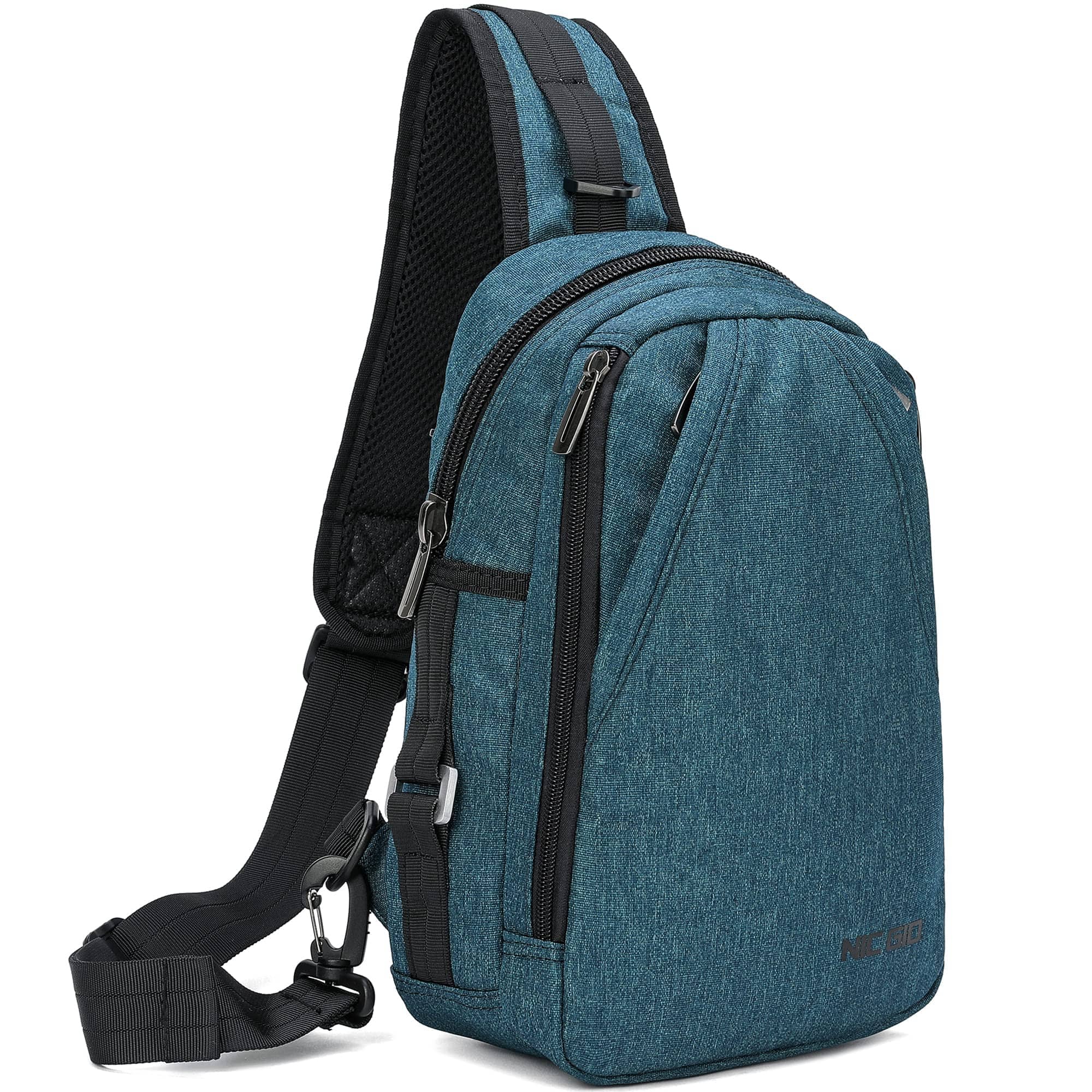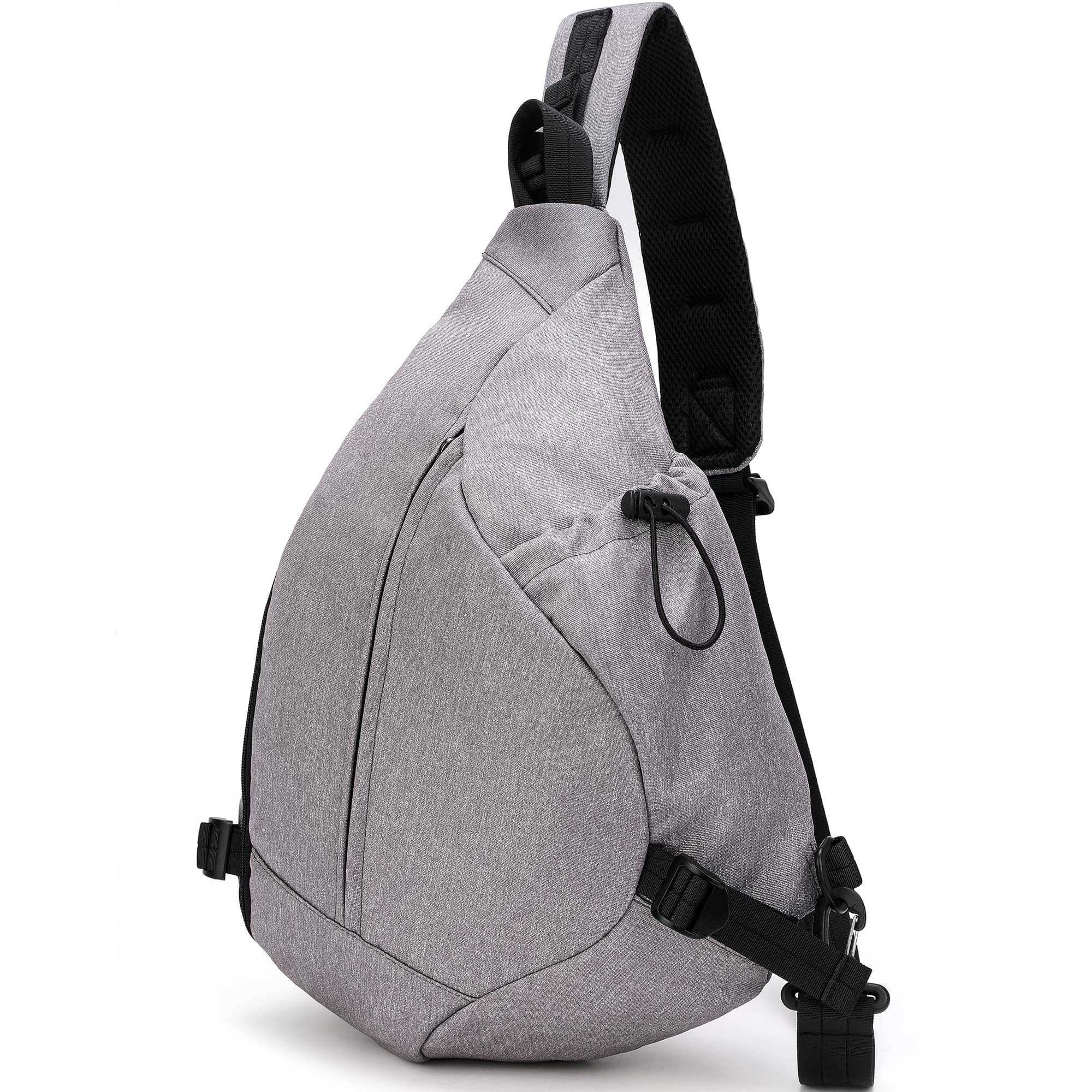Are you planning a hiking or backpacking trip and unsure about how much weight you should carry? Don’t worry, we’ve got you covered! In this ultimate guide, we’ll help you find the perfect weight for your backpack, ensuring you have a comfortable and enjoyable outdoor adventure.
Finding the right weight for your backpack is essential for multiple reasons. Carrying too much weight can strain your muscles and joints, making your hike exhausting and unpleasant. On the other hand, carrying too little weight may leave you unprepared for unexpected situations or emergencies.
In this comprehensive guide, we’ll walk you through the factors to consider when determining the ideal weight for your backpack, such as the duration of your trip, the terrain you’ll be covering, and the gear you’ll be carrying. We’ll also provide you with practical tips on how to lighten your load without compromising on essential items.
So, whether you’re a seasoned backpacker or a beginner looking to embark on your first outdoor adventure, this guide will help you find the perfect weight for your backpack and make your trip a memorable one. Let’s dive in!
Table of Contents
Importance of finding the perfect weight for your backpack
Finding the right weight for your backpack is essential for multiple reasons. Carrying too much weight can strain your muscles and joints, making your hike exhausting and unpleasant. On the other hand, carrying too little weight may leave you unprepared for unexpected situations or emergencies.
When your backpack is too heavy, your body has to work harder to maintain balance and stability. This can lead to fatigue, muscle strains, and even injuries. Conversely, when your backpack is too light, you may find yourself lacking essential items and gear when you need them the most.
Understanding the impact of backpack weight on your body
It’s important to understand the impact that backpack weight can have on your body. Carrying excessive weight can lead to a range of physical problems, from back pain and muscle strains to joint issues and blisters. The added strain on your body can also affect your overall energy levels and endurance, making it challenging to enjoy your outdoor adventure.
Moreover, the distribution of weight within your backpack is crucial. Uneven weight distribution can cause discomfort and imbalance, which can increase the risk of falls and injuries. It’s important to maintain a proper center of gravity by evenly distributing the weight throughout your backpack.
Factors to consider when determining the ideal backpack weight
When determining the ideal weight for your backpack, several factors need to be taken into consideration. These factors include the duration of your trip, the terrain you’ll be covering, and the gear you’ll be carrying.
1. Duration of your trip: The length of your trip will directly impact the amount of gear and supplies you’ll need. A short day hike will require less weight compared to a multi-day backpacking trip. Consider the number of days you’ll be out and plan accordingly.
2. Terrain: The type of terrain you’ll be hiking on also plays a role in determining your backpack weight. If you’ll be traversing steep and challenging trails, you’ll need to carry less weight to maintain agility and maneuverability.
3. Gear and supplies: The specific gear and supplies you’ll be carrying will vary depending on your trip’s requirements. Make a detailed checklist of essential items and prioritize them based on their importance. This will help you eliminate any unnecessary weight.
How to calculate the recommended backpack weight for your body type
Calculating the recommended backpack weight for your body type involves a simple formula. Start by determining your body weight and then aim to carry no more than 20-25% of your body weight in your backpack. This percentage ensures that your body can handle the weight without risking strain or injury.
For example, if you weigh 150 pounds, aim to carry a backpack that weighs no more than 30-37.5 pounds. This range provides a good starting point, but it’s essential to listen to your body and adjust the weight based on your comfort levels and physical capabilities.
Tips for reducing backpack weight without sacrificing essentials
Reducing backpack weight doesn’t mean sacrificing essential items. With careful planning and smart choices, you can lighten your load without compromising on your needs. Here are some tips to help you achieve a lighter backpack:
1. Evaluate your gear: Review each item in your backpack and assess its necessity. Eliminate any duplicates or items that serve no practical purpose. Opt for lightweight versions of essential items whenever possible.
2. Minimize clothing: Pack versatile clothing items that can be layered to accommodate changing weather conditions. Choose lightweight and quick-drying fabrics that take up less space in your backpack.
3. Opt for lightweight gear: Invest in lightweight gear such as tents, sleeping bags, and cooking equipment. These advancements in technology have made it easier than ever to find durable yet lightweight options.
4. Repackage food and supplies: Transfer food and supplies from bulky packaging into lightweight and compact containers. This reduces the overall weight and saves valuable space in your backpack.
5. Share gear with your hiking partners: If you’re hiking with others, consider sharing common gear items like tents, stoves, and water filters. This not only reduces weight but also fosters a sense of camaraderie and teamwork.
Remember, every ounce counts when it comes to reducing backpack weight. Evaluate each item and consider its necessity and weight before adding it to your pack.
The consequences of carrying an overweight backpack
Carrying an overweight backpack can have severe consequences on your hiking experience. Not only does it put unnecessary strain on your body, but it can also lead to exhaustion, decreased agility, and an increased risk of accidents.
The added weight can cause muscle fatigue, making it more challenging to navigate uneven terrain and steep inclines. Over time, this can lead to injuries such as sprains, strains, and even fractures.
An overweight backpack can also negatively impact your overall enjoyment of the trip. Instead of focusing on the beautiful scenery and immersing yourself in the experience, you may find yourself constantly preoccupied with the discomfort and physical strain caused by the excess weight.
Choosing the right backpack for your needs and body type
Selecting the right backpack is crucial when it comes to finding the perfect weight. A well-fitting backpack that suits your body type and trip requirements can significantly enhance your comfort and overall experience.
Consider the following factors when choosing a backpack:
1. Size and capacity: Opt for a backpack size that matches your torso length and has enough capacity to accommodate your gear and supplies. Avoid oversized backpacks that can tempt you to carry more weight than necessary.
2. Suspension system: Look for a backpack with a comfortable and adjustable suspension system. This allows you to customize the fit and distribute the weight evenly across your shoulders, hips, and back.
3. Weight distribution: Pay attention to how the backpack distributes weight. Look for features like a padded hip belt and load lifters that help transfer weight to your hips, relieving strain on your shoulders and back.
4. Ventilation: A well-ventilated backpack prevents excessive sweating and discomfort. Look for designs that incorporate breathable materials and mesh panels to enhance airflow.
Try on different backpacks and test their fit before making a final decision. Remember, a properly fitted backpack can make all the difference in your comfort and overall enjoyment.
How to properly distribute weight within your backpack
Once you’ve determined the ideal weight for your backpack, it’s essential to distribute the weight properly to maintain balance and stability. Follow these tips to ensure a well-balanced load:
1. Heavy items at the bottom: Place heavy items, such as your sleeping bag or cooking gear, at the bottom of your backpack. This helps lower the center of gravity and keeps the weight closer to your body.
2. Medium-weight items in the middle: Position medium-weight items, like clothing and food, in the middle of your backpack. This helps maintain balance and prevents the backpack from feeling top-heavy.
3. Light items at the top: Place lighter items, such as your rain jacket or snacks, at the top of your backpack. This prevents them from getting crushed and makes them easily accessible.
4. Use compartments and pockets: Utilize the compartments and pockets within your backpack to organize and distribute weight. This ensures that the weight is evenly distributed and prevents shifting during your hike.
Remember to adjust the weight distribution as you consume food and supplies. Keeping a well-balanced backpack will make it easier to maintain stability and maneuverability on the trail.
Training and exercises to prepare your body for carrying a backpack
Preparing your body for carrying a backpack is essential to avoid strain and injuries. Regular training and exercises can help strengthen the muscles and improve your overall endurance. Here are some exercises to incorporate into your routine:
1. Cardiovascular exercises: Engage in activities like hiking, running, or cycling to improve your cardiovascular fitness. This will enhance your endurance and help you cope with the physical demands of backpacking.
2. Strength training: Focus on exercises that target your core, back, shoulders, and legs. Incorporate exercises like squats, lunges, planks, and rows to build strength and stability.
3. Balance and stability exercises: Practice exercises that improve your balance and stability, such as yoga, Pilates, or balance board exercises. These exercises help train the muscles needed to maintain proper posture and balance while carrying a backpack.
4. Gradual weight training: Start by carrying a lighter backpack during your training hikes and gradually increase the weight over time. This allows your body to adapt and build strength gradually.
Remember to consult with a fitness professional before starting any new exercise program. They can provide guidance tailored to your specific needs and abilities.
Conclusion: Achieving the perfect weight for your backpack and enjoying your outdoor adventures
Finding the perfect weight for your backpack is a crucial step in ensuring a comfortable and enjoyable outdoor adventure. By considering factors such as the duration of your trip, the terrain you’ll be covering, and the gear you’ll be carrying, you can determine the ideal weight for your backpack.
Calculating the recommended weight based on your body type and following tips for reducing backpack weight without sacrificing essentials will help you lighten your load. Choosing the right backpack, properly distributing weight, and preparing your body through training and exercises will further enhance your experience on the trail.
Remember, the goal is to find a balance between carrying enough essentials and keeping the weight manageable. By following this ultimate guide, you’ll be well-equipped to embark on your hiking or backpacking trip with confidence and comfort. Happy trails!
—
Congratulations! You’ve reached the end of the ultimate guide to finding the perfect weight for your backpack. I hope you found this comprehensive resource helpful in planning your outdoor adventures. If you have any further questions or need additional assistance, feel free to reach out. Happy hiking!

